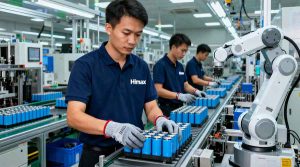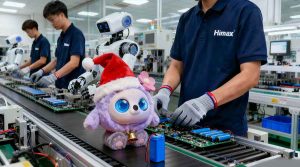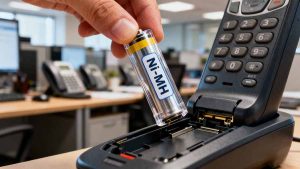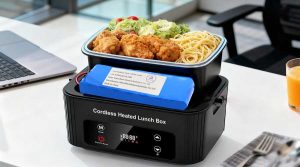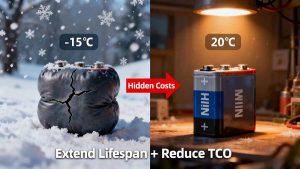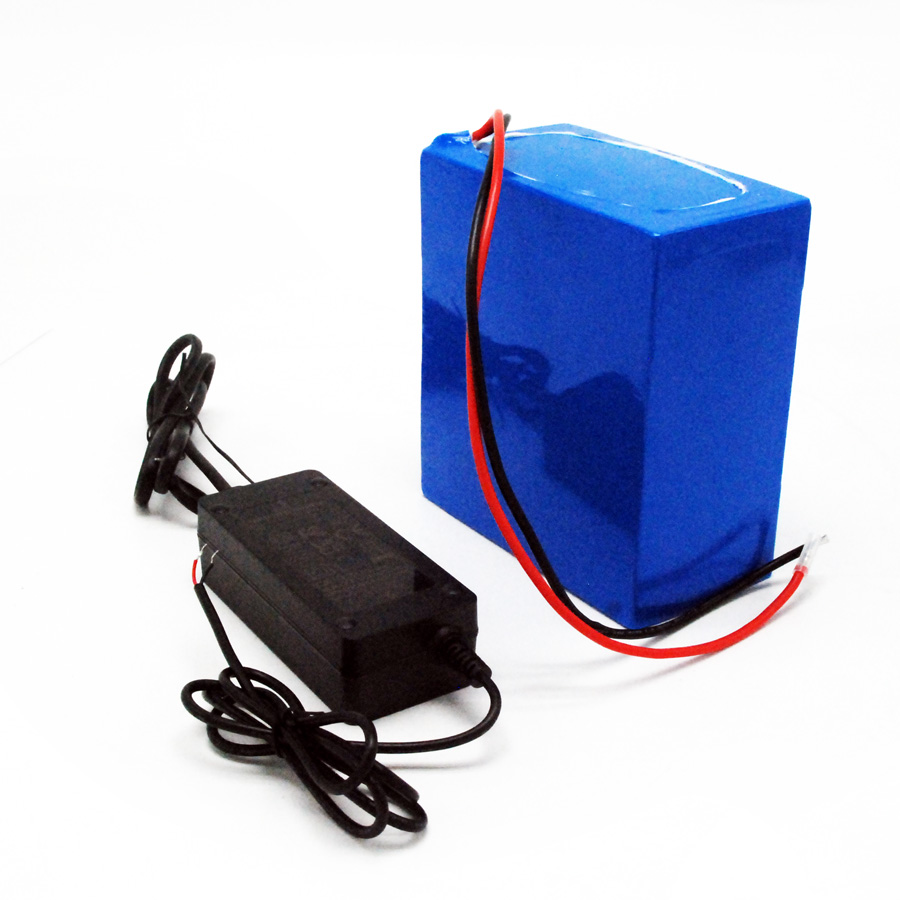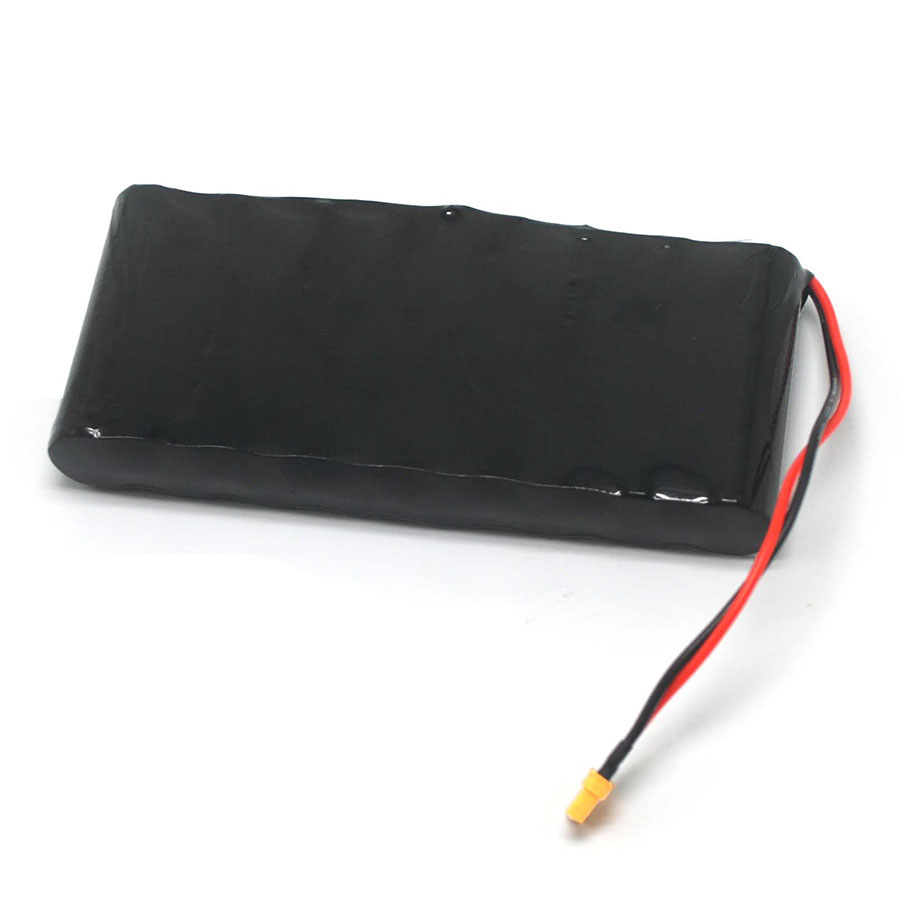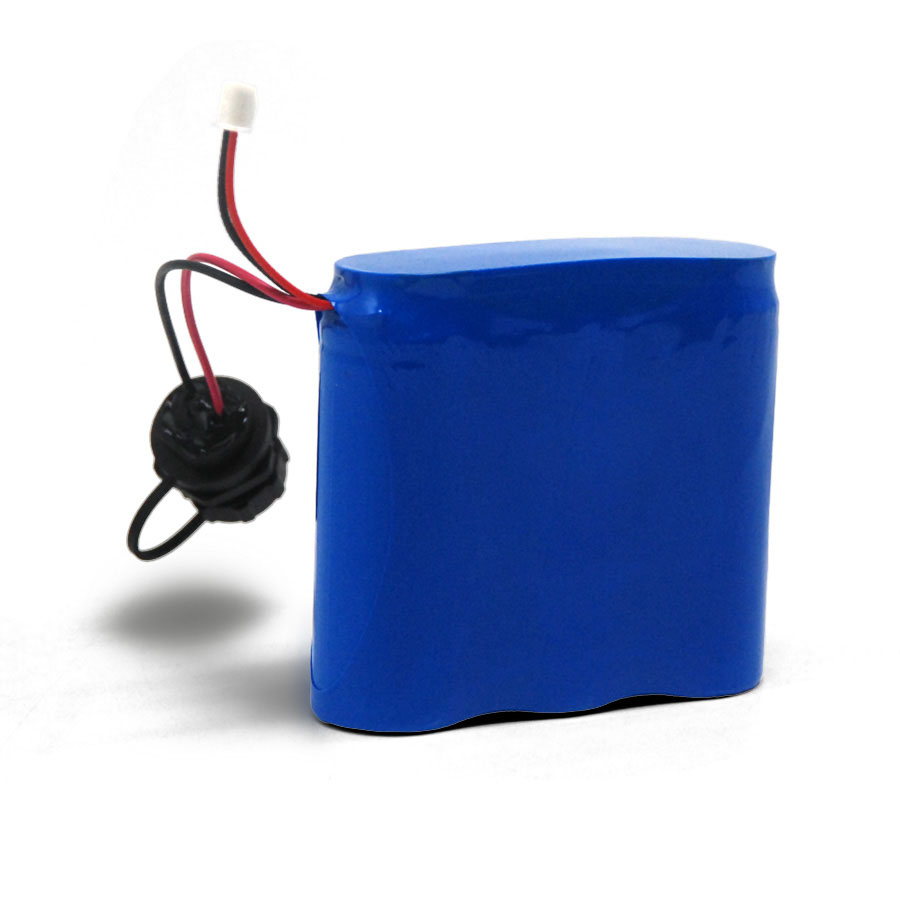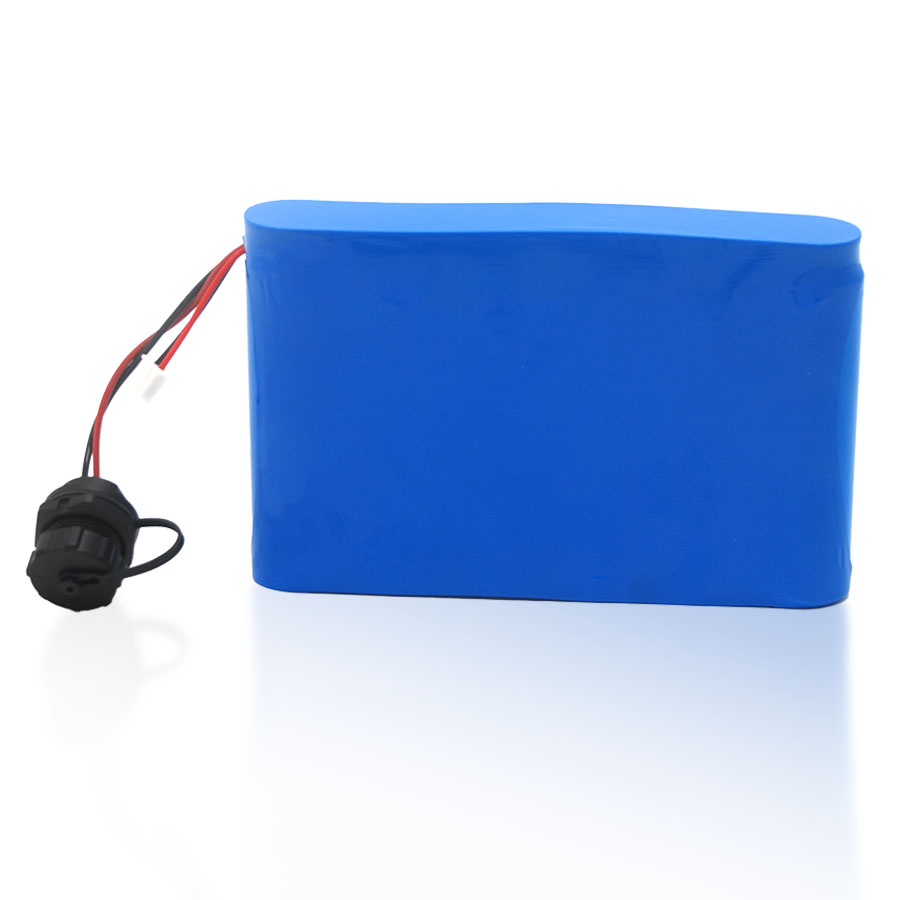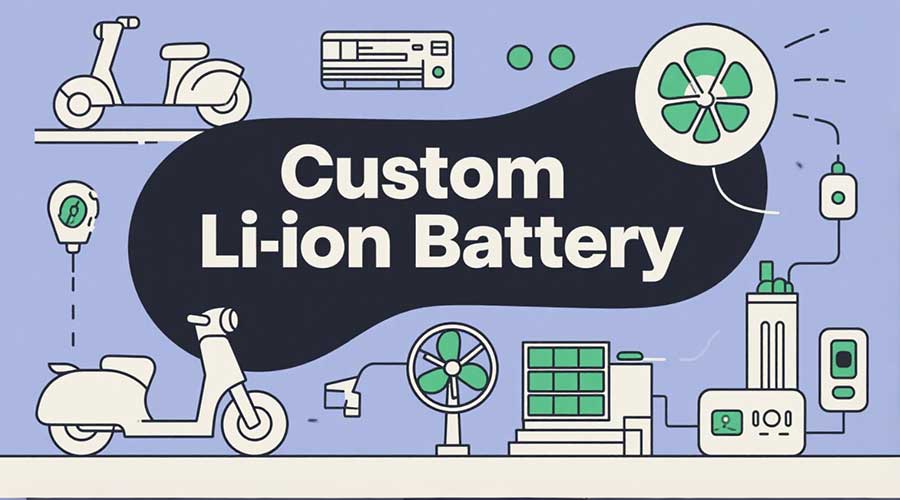
In today’s fast-moving energy storage industry, the custom li ion battery is no longer a niche solution—it’s becoming the backbone of mobility, renewable energy, and IoT devices. Yet many buyers still struggle to differentiate between a standard pack and a tailored lithium battery pack that truly delivers performance. This article reveals 7 secrets that can help companies maximize efficiency, cut costs, and secure long-term value.
Why Customization in Li-ion Batteries Matters
The global demand for lithium batteries is exploding. According to BloombergNEF, demand will reach 4.7 TWh by 2030 (source: Bloomberg, 2023). A one-size-fits-all solution cannot meet diverse applications ranging from drones to medical devices.
That’s where the custom li ion battery comes in. It allows engineers and buyers to specify voltage, capacity, shape, and safety mechanisms. In other words, customization ensures each lithium battery pack is aligned with actual use cases, not theoretical performance.
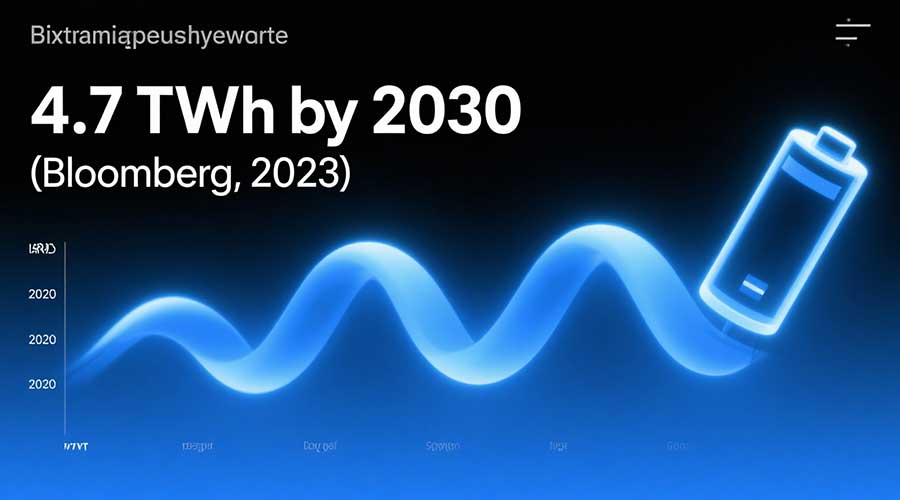
But here’s the problem: many companies don’t know where to start. Let’s uncover the 7 secrets that can help you stay ahead.
Secret #1 – Optimize Energy Density for Real Use
A frequent mistake is chasing maximum capacity without considering load cycles. A custom li ion battery should balance energy density with lifecycle durability.
· Problem: Off-the-shelf packs often lose 20% efficiency within 300 cycles.
· Solution: Custom design allows selection of high-nickel cathodes or LFP cells depending on your use.
· Case Example: Our team in 2025 helped a robotics client redesign its battery. By switching to cylindrical cells with higher density, runtime improved by 35% while keeping weight constant.
Secret #2 – Integrate Smart Battery Management Systems (BMS)
A lithium battery pack is only as reliable as its management system.
· Problem: Without smart BMS, overheating and overcharging risks increase.
· Solution: A custom li ion battery lets you embed temperature sensors, balancing circuits, and safety protocols.
· Interesting note: A study by the U.S. DOE showed that BMS-enhanced packs last 25% longer compared to unmanaged packs (DOE, 2022).
Secret #3 – Tailor Shape and Form Factor
Not all devices have the same dimensions. Imagine trying to fit a rectangular pack into a circular housing—it wastes space and increases cost.
· Problem: Standard packs often don’t fit compact electronics.
· Solution: With customization, cells can be shaped into prismatic, pouch, or modular assemblies.
· Personal Experience: In 2025, we worked with a wearable manufacturer. The custom curved pack not only fit perfectly but also reduced assembly cost by 12%.
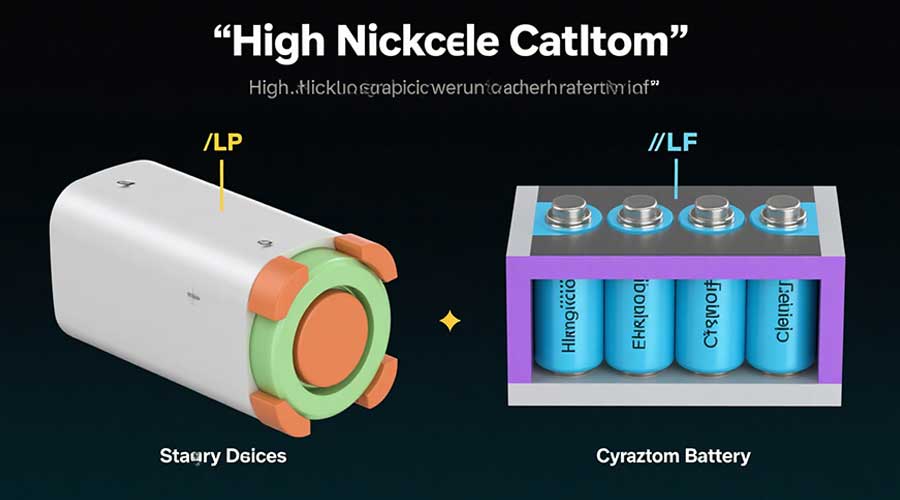
Secret #4 – Cost vs. Performance: Choose Wisely
Here’s where things get tricky. A custom li ion battery can be more expensive upfront, but the long-term savings often outweigh the initial price.
Comparison Table
| Feature | Standard Pack (A) | Custom Li-ion Pack (B) |
| Initial Cost | Lower | Higher |
| Lifespan (Cycles) | ~500 | 1000+ |
| Fit & Integration | Generic | Optimized |
| Safety Mechanisms | Basic | Advanced (BMS, sensors) |
| Total Cost of Ownership | Higher over time | Lower in long run |
However, worth noting: decision-makers should calculate total cost of ownership, not just upfront price.
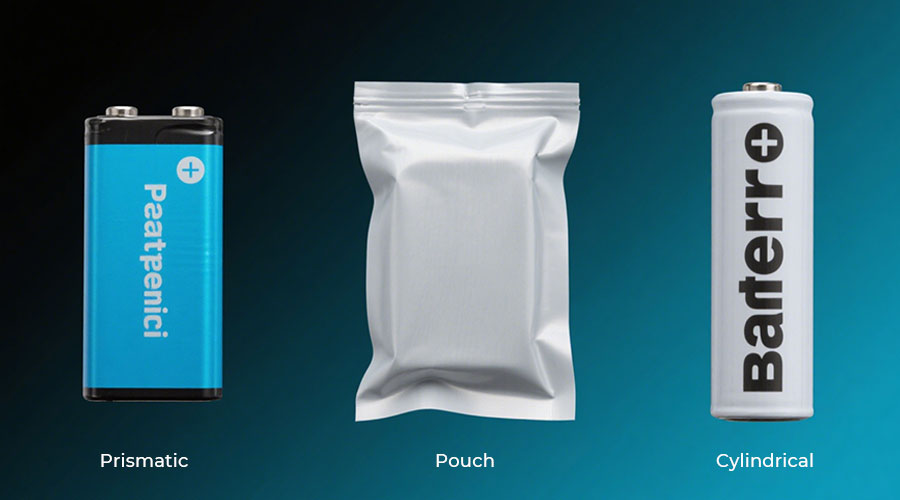
Secret #5 – Follow a Proven Development Process
Building a high-performing lithium battery pack isn’t guesswork. Here’s a simple 5-step guide:
Step-by-Step Process
- Define Application Needs – Voltage, runtime, weight.
- Select Chemistry – NMC for energy, LFP for safety.
- Design Form Factor – Pouch vs. cylindrical vs. prismatic.
- Integrate BMS – Add thermal sensors, balancing circuits.
- Test & Validate – Cycle testing, temperature performance.
Thus, following a structured path reduces redesign costs and accelerates time-to-market.
Secret #6 – Avoid Common Misconceptions
(Warning): Buyers often fall into these traps:
· Thinking higher capacity always means better.
· Ignoring cooling design in high-current applications.
· Believing custom equals prohibitively expensive.
In reality, custom li ion batteries can be affordable if volume and design are optimized.
Secret #7 – Work with a Trusted Manufacturer
The final secret is not technical—it’s about partnership. A capable supplier ensures your lithium battery pack meets both technical and certification standards.
· Problem: Many buyers risk delays due to uncertified factories.
· Solution: Choose a partner with ISO, UL, or CE certifications.
· Case Example: One of our European clients avoided a 6-month delay by sourcing directly from our certified line, ensuring compliance with IEC62133 standards.
Putting It All Together
So, what’s the big takeaway? Winning in the energy market means aligning design, safety, and cost efficiency. By applying these 7 secrets, companies can transform the way they use custom li ion battery solutions in real projects.
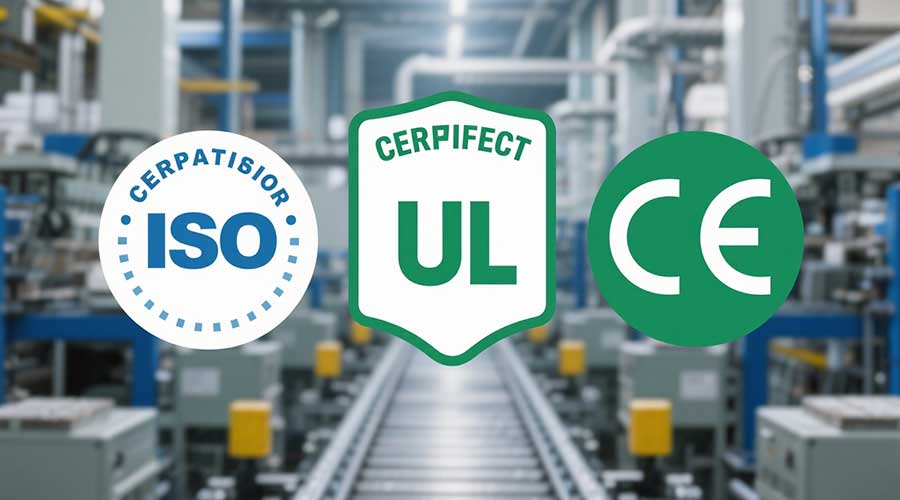
Practical Checklist for Your Next Battery Project
Here’s a ready-to-use checklist before you order your next pack:
· Defined exact voltage, capacity, and cycle needs
· Selected the right chemistry (NMC, LFP, etc.)
· Checked form factor compatibility with device housing
· Integrated advanced BMS features
· Validated supplier certifications (ISO, UL, CE)
· Requested cycle-life testing reports
· Calculated total cost of ownership, not just price
Final Thoughts
The rise of custom li ion battery solutions is reshaping industries from medical devices to EVs. By knowing the 7 secrets—energy density, BMS, form factor, cost-performance balance, process, avoiding misconceptions, and working with reliable partners—you’re better equipped to win in the competitive world of lithium battery packs.
And honestly, once you experience the difference in real-world performance, you’ll never look back at generic solutions again.

